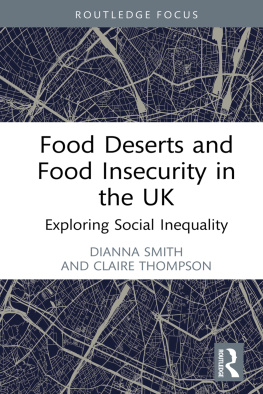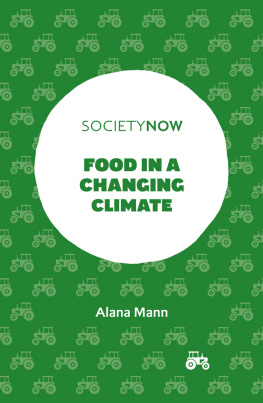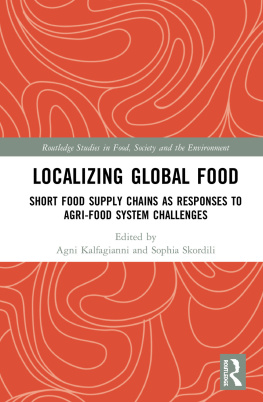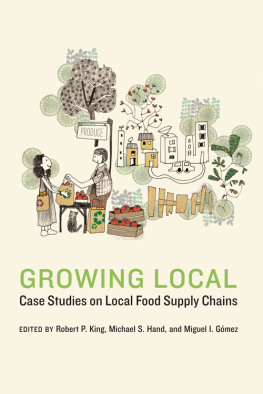
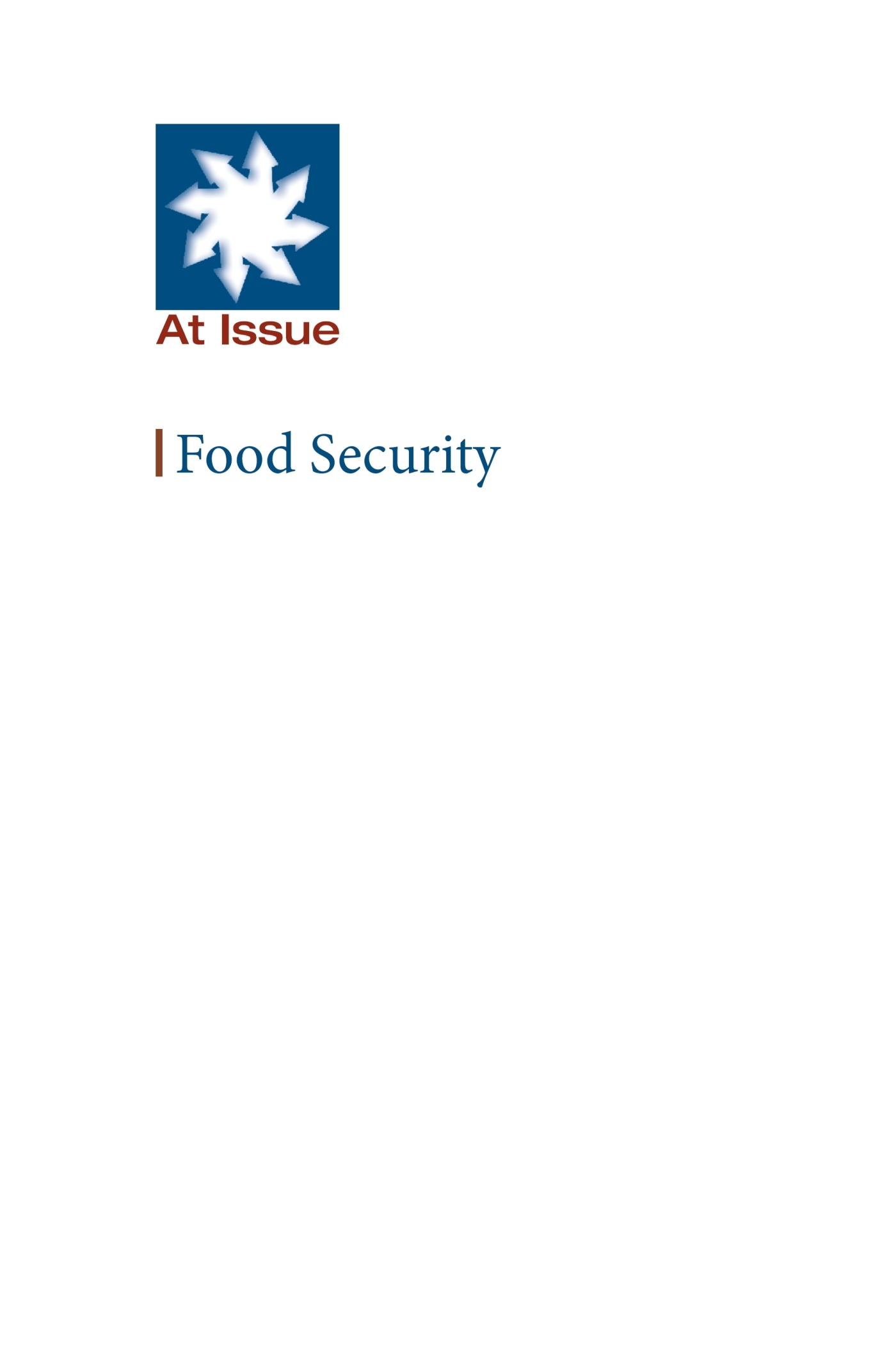
Other Books in the At Issue Series
Athlete Activism
Genocide
Mob Rule or the Wisdom of the Crowd?
Money Laundering
Nuclear Anxiety
Open Borders
Pandemics and Outbreaks
Sexual Consent
Student Debt
Universal Health Care
Vaccination
Published in 2021 by Greenhaven Publishing, LLC
353 3rd Avenue, Suite 255, New York, NY 10010
Copyright 2021 by Greenhaven Publishing, LLC
First Edition
All rights reserved. No part of this book may be reproduced in any form without permission in writing from the publisher, except by a reviewer.
Articles in Greenhaven Publishing anthologies are often edited for length to meet page requirements. In addition, original titles of these works are changed to clearly present the main thesis and to explicitly indicate the authors opinion. Every effort is made to ensure that Greenhaven Publishing accurately reflects the original intent of the authors. Every effort has been made to trace the owners of the copyrighted material.
Cover image: Gajus/Shutterstock.com
Library of Congress Cataloging-in-Publication Data
Names: Roberts, Kathryn, 1990 editor.
Title: Food security / Kathryn Roberts, book editor.
Description: New York: Greenhaven Publishing, 2021. | Series: At issue | Includes bibliographical references and index. | Audience: Grades 912.
Identifiers: LCCN 2020000162 | ISBN 9781534507364 (library binding) | ISBN 9781534507357 (paperback)
Subjects: LCSH: Food supplyJuvenile literature. | Food securityJuvenile literature. | FoodSafety measuresJuvenile literature.
Classification: LCC HD9000.5 .F596426 2020 | DDC 338.1/9dc23
LC record available at https://lccn.loc.gov/2020000162
Manufactured in the United States of America
Website: http://greenhavenpublishing.com
Contents
Mercy Corps
Linda Qian
Raphael Obonyo
Robyn Correll
The Week Publications, Inc.
Food Empowerment Project
Amy McDermott
Eliza Barclay
Carolyn Kenney
Leah Samberg
Lanessa Cago
Audrey Dorelien
Laura Donnelly
Lisa Cornish
Knowledge@Wharton High School
The New Humanitarian
Kate Rosier
Introduction
I s there enough food to feed the world? The answer may surprise you, but its actually yes. Despite the fact that there are many parts of the world that struggle to produce enough fresh food including in our own backyardthere is actually enough out there that world hunger should not exist.
But despite this fact, it does exist. According to a study by McGill University and the University of Minnesota, the world already produces more than one and a half times enough food to feed everyone on the planetenough to feed 10 billion people. That global food production rate has increased faster than the rate of population growth, and doesnt look to be slowing down, especially with the advent of new technology in the farming sector.
The current world population, as of 2019, is 7.7 billion people, which is well below the 10 billion people that global food production can support. But with an ever-increasing life expectancy, were going to see more people living longer, and we are also going to see more people living hungrier.
This is because the problem is not that there is a lack of food to go aroundfar from it. No matter how it may seem, the facts are the facts, and there is enough food to go around. Instead, hunger is caused by systemic poverty and inequality combined with climate change, economic instability, and war.
Organizations around the world are working to solve the tricky problem that is world hunger, from the United Nations to Mercy Corps, but its far from easy. This is because hunger is so intimately connected to other major international issues like climate change, poverty, and the growing international refugee crisis.
Of course, its not enough to just feed a person and claim that world hunger has been solved. The issue of world hunger is centered on how to make it possible to feed someone healthily. The healthier a person isespecially a childthe healthier the population as a whole.
Unfortunately, the cycle of hunger is systemically engrained in many parts of the world, and it all too often starts from childhood. When a family must prioritize how much they can afford to spend on food, theyre likely to decide to spend more on continuing to keep a roof over their heads rather than healthier but pricier food options. And when an emergency strikes? People will often skip meals in order to cope with that financial burden.
Studies have also shown that poor nutrition leads to poor health, and it is very expensive to be sick, both in the United States and in many other countries that choose not to guarantee healthcare to all citizens. For a child who grows up hungry, the chronic health issues that they develop can potentially keep them out of school. That lack of education limits their ability to find work that pays a living wage, and the cycle of poverty and undernourishment continues into the next generation.
Another issue that makes a serious impact on world hunger is food waste. So much of the worlds foodmore than one-third of all food produced, according to the Food and Agricultural Organization of the United Nations (FAO)does not end up in the hands of those who need it. Rather, it ends up in landfills. This is sometimes due to practices that dont allow food to be donated, but also due to poor storage facilities that allow food to rot before it even has the chance to be sold.
The biggest food-wasting culprits are Europe and North America, where 209 pounds of food per capita is thrown away each year.
But perhaps the biggest issue impacting world hunger is war. Afghanistan, a country of 31 million, tops the international list of countries unable to produce enough food to feed its population. The county has one of the worlds largest populations of internally displaced people due to violence and natural disasters. More than half of the internally displaced people in Afghanistan, including farmers, dont have enough food to feed their families. One significant reason is the existence of the militant Taliban organization, which denies Afghan citizens the stability needed to grow their own food.
Sudan has also been a victim of violence, with two civil wars causing 41,000 people to be displaced as a consequence of conflict and violence. Furthermore, Sudan has received an influx of more than 2.4 million refugees from South Sudan, who also require food assistance. What Afghanistan and Sudan also have in common, along with their history of food access being impeded by war, is food access being disrupted by climate disastersspecifically drought and flooding. In the Sudan, more than 121,000 people were displaced in 2018 due to natural disasters, along with the displacement caused by war.
Per the Global Hunger Index, the continent of Africa is the hungriest in the world, with the Central African Republic topping the list of hungriest countries in the world in 2019.
Though hunger is a global crisis, its also important to remember that food instability and insecurity exist in our own backyard. In the 27,000-square mile reservation the Navajo Nation calls home which extends into Utah, Arizona, and New Mexicofresh food is both scarce and expensive. But its not just areas that are typically seen as disenfranchised that are considered food deserts in the United States. Major metropolitan areas are also considered food deserts, including neighborhoods in cities like San Francisco, New Orleans, Chicago, and New York City.
Next page


